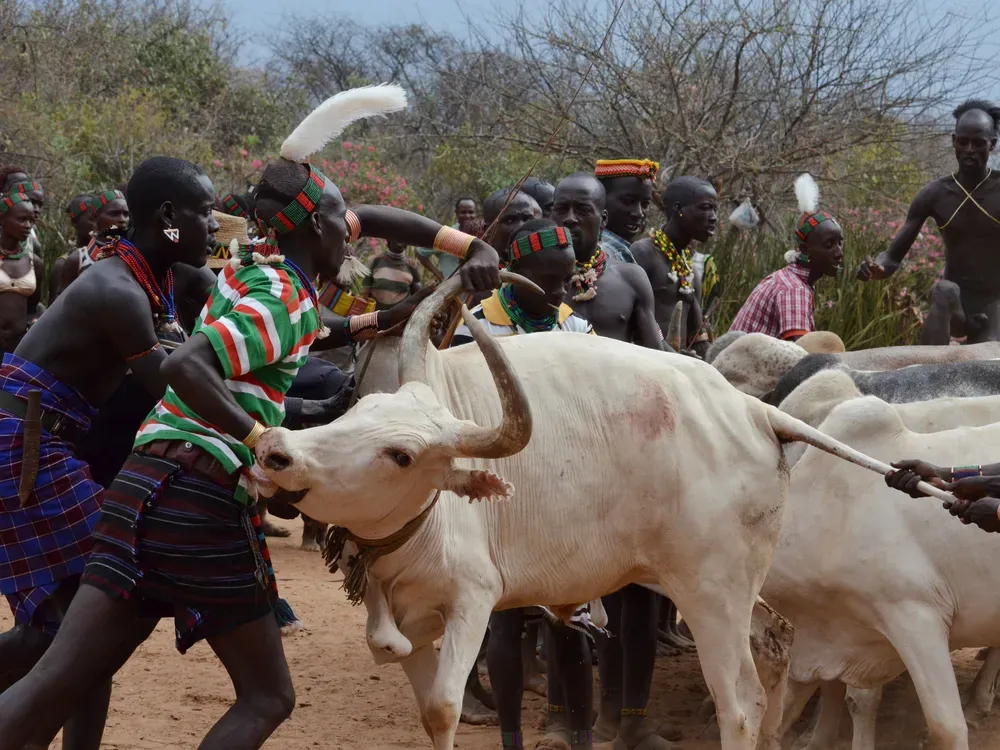Tooth removal among the Maasai was a traditional health precaution and cultural marker.
FGM, though harmful, was historically viewed as a rite of passage in some communities.
Bull jumping is a bravery test among Turkana and Pokot initiates.
Night running was a courtship tradition in some Kalenjin areas.
Naming children after birth circumstances reflects deep cultural values.
How Unique Cultural Practices Reflect the Diversity of Kenyan Communities
A Quick Recap of This Story
Kenya is a nation of over 40 ethnic groups, each with its own distinct traditions, beliefs, and rituals. While many of these practices are well-known and celebrated—such as traditional dances, ceremonies, and dress—others are considered unusual or "weird" by modern or Western standards. However, these practices are rich in meaning and deeply rooted in cultural identity.
Tooth Removal Among the Maasai
One of the most well-known traditional practices among the Maasai involves the removal of the lower central incisors, typically during childhood. This practice was originally done for both cosmetic and medicinal reasons. It was believed that in the event of illness or lockjaw, nourishment could be administered through the resulting gap.
While this custom has declined in recent decades due to health education and modernization, it remains a symbolic mark of identity for older generations.
Female Genital Mutilation (FGM)
Among certain Kenyan communities, particularly within parts of the Kuria, Somali, and Samburu groups, Female Genital Mutilation (FGM) has historically been practiced as a rite of passage into womanhood. While often condemned by health professionals and human rights advocates due to its health risks and violation of bodily autonomy, in these communities it has been seen as a marker of maturity and marital readiness.
Today, the Kenyan government has outlawed FGM, and numerous local and international organizations work to replace this harmful practice with alternative rites of passage that preserve cultural meaning without endangering health.
Bull Jumping Among the Turkana and Pokot
In some pastoral communities like the Turkana and Pokot, young men must demonstrate physical bravery and strength through dangerous initiation ceremonies. One such ritual involves jumping over bulls or aggressive livestock, which is considered a display of courage and readiness for adulthood.

These ceremonies are often accompanied by feasts, blessings, and songs, marking a young man's transition into full societal responsibility, including marriage and leadership roles.
Night Runs as a Courtship Ritual Among the Kalenjin
In parts of the Kalenjin community, especially in past decades, a tradition known as “night running” or night courtship was observed. Young men would sneak into villages at night to serenade or impress potential suitors through singing, dancing, or mild pranks.
Though largely fading due to formal education and changing norms, this practice was a culturally accepted form of expressing romantic interest and was often followed by discussions between families if mutual interest was established.
Naming After Events and Circumstances
Among the Kikuyu, Luhya, Luo, and other groups, it is common to name children after the events, weather, or circumstances surrounding their birth. For instance, a child born during a famine might be named Njoroge (wanderer), or a child born during rain might receive a name like Wafula.
These names serve as historical markers and often carry emotional or spiritual meaning. Although this practice may appear strange to outsiders, it reflects a profound connection between individual identity and communal experience.
Conclusion
Kenya’s rich cultural landscape includes a range of practices—some widely celebrated, others less understood or controversial. While certain traditions have evolved or faded with time, many continue to shape the values, identity, and cohesion of the communities that uphold them. Appreciating these practices requires sensitivity, open-mindedness, and a willingness to understand cultures on their own terms, rather than through external judgment.

0 comments
Be the first one to comment, but before that...
Here are some best practices for writing comments: